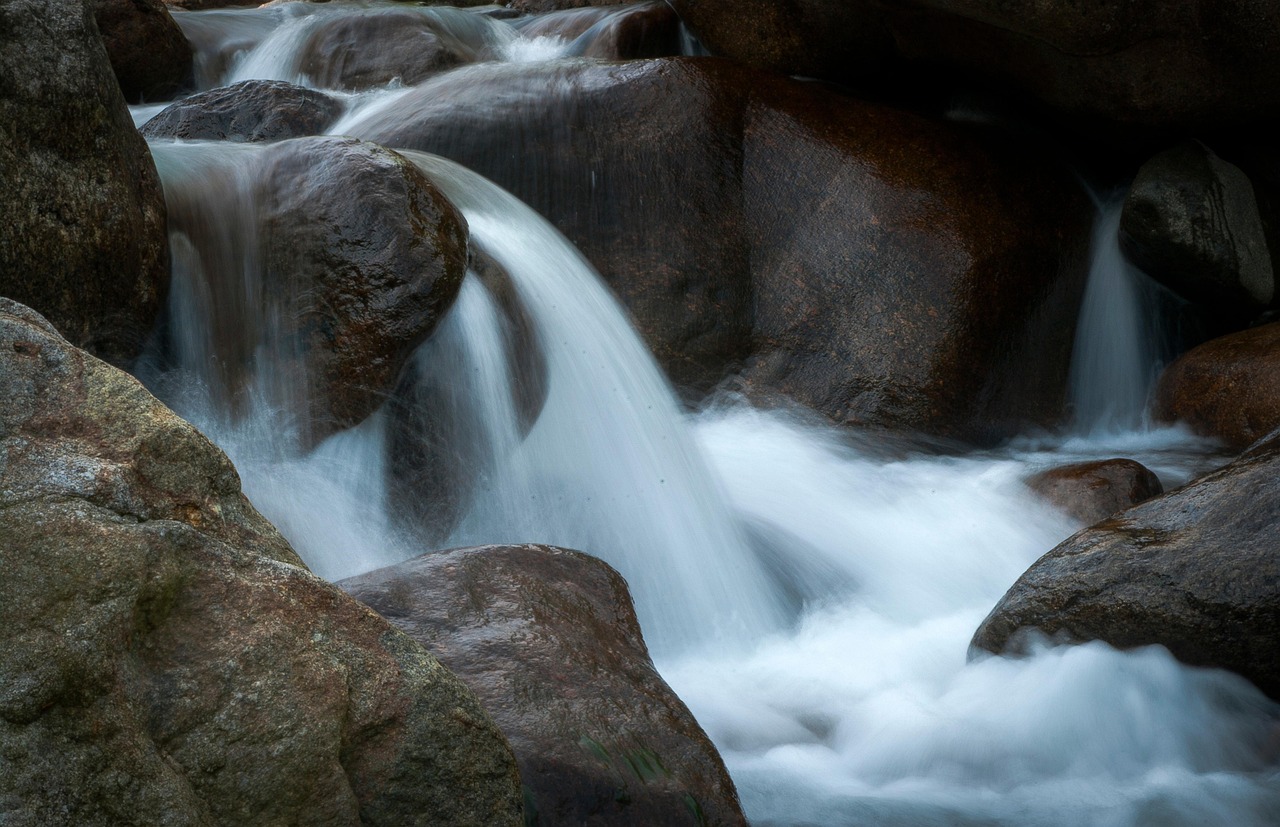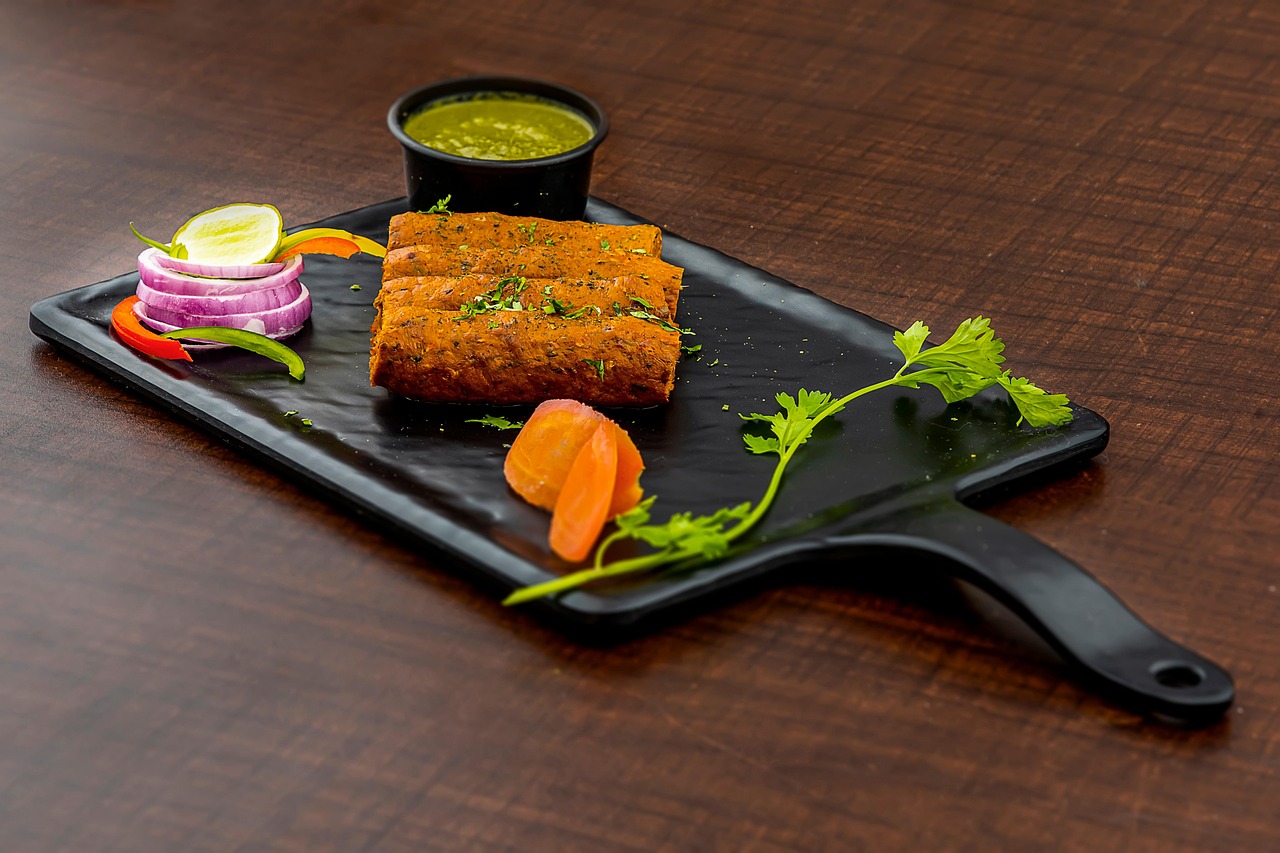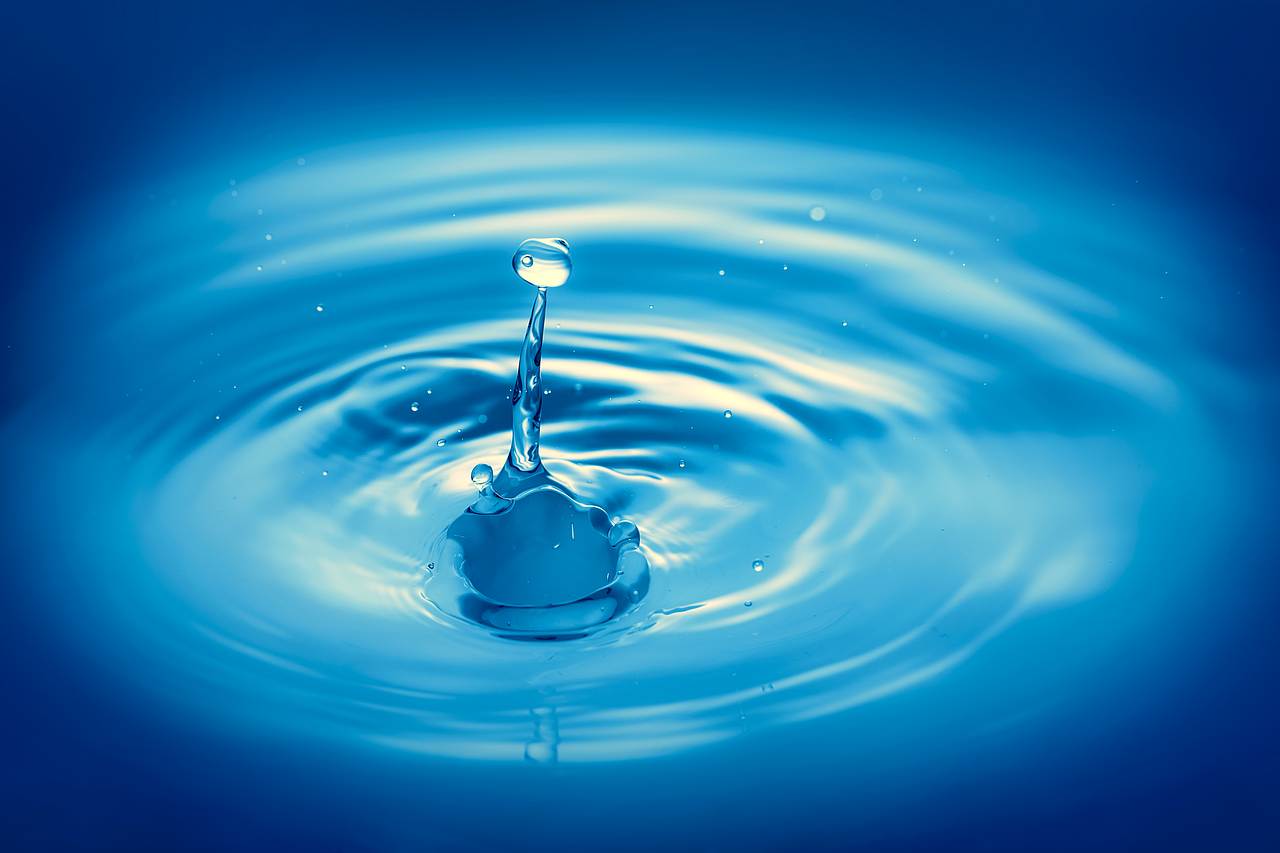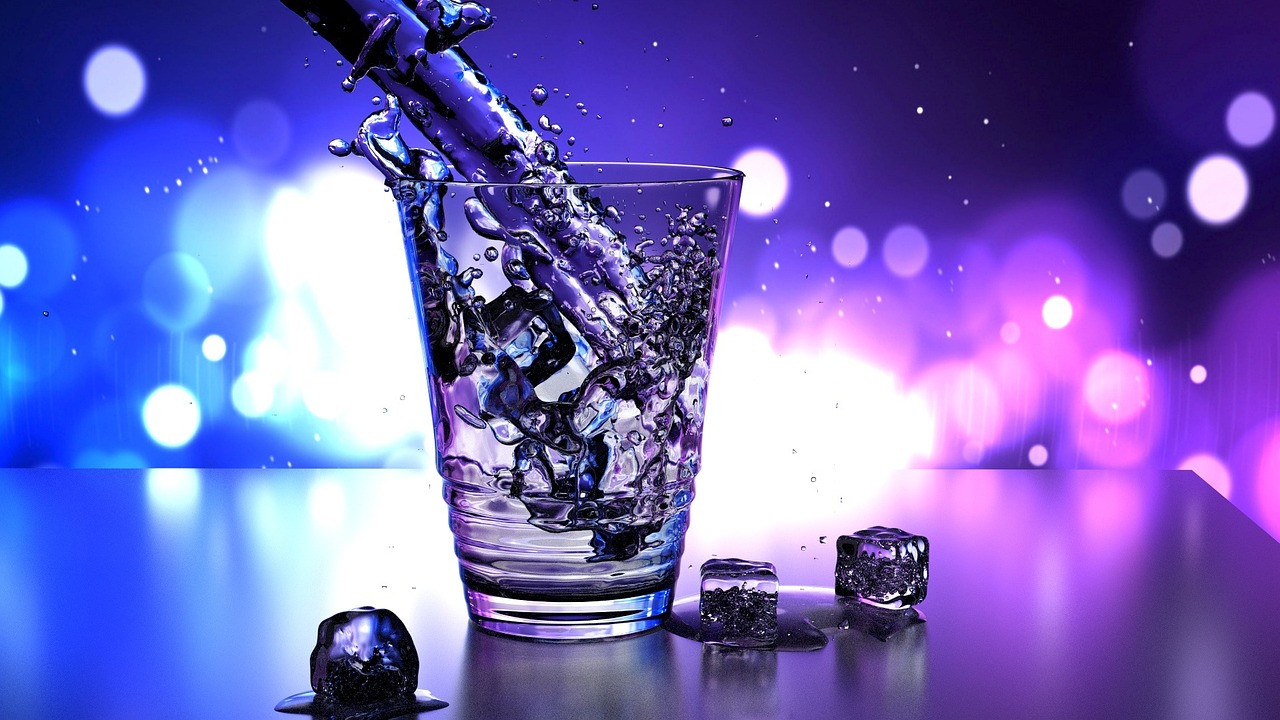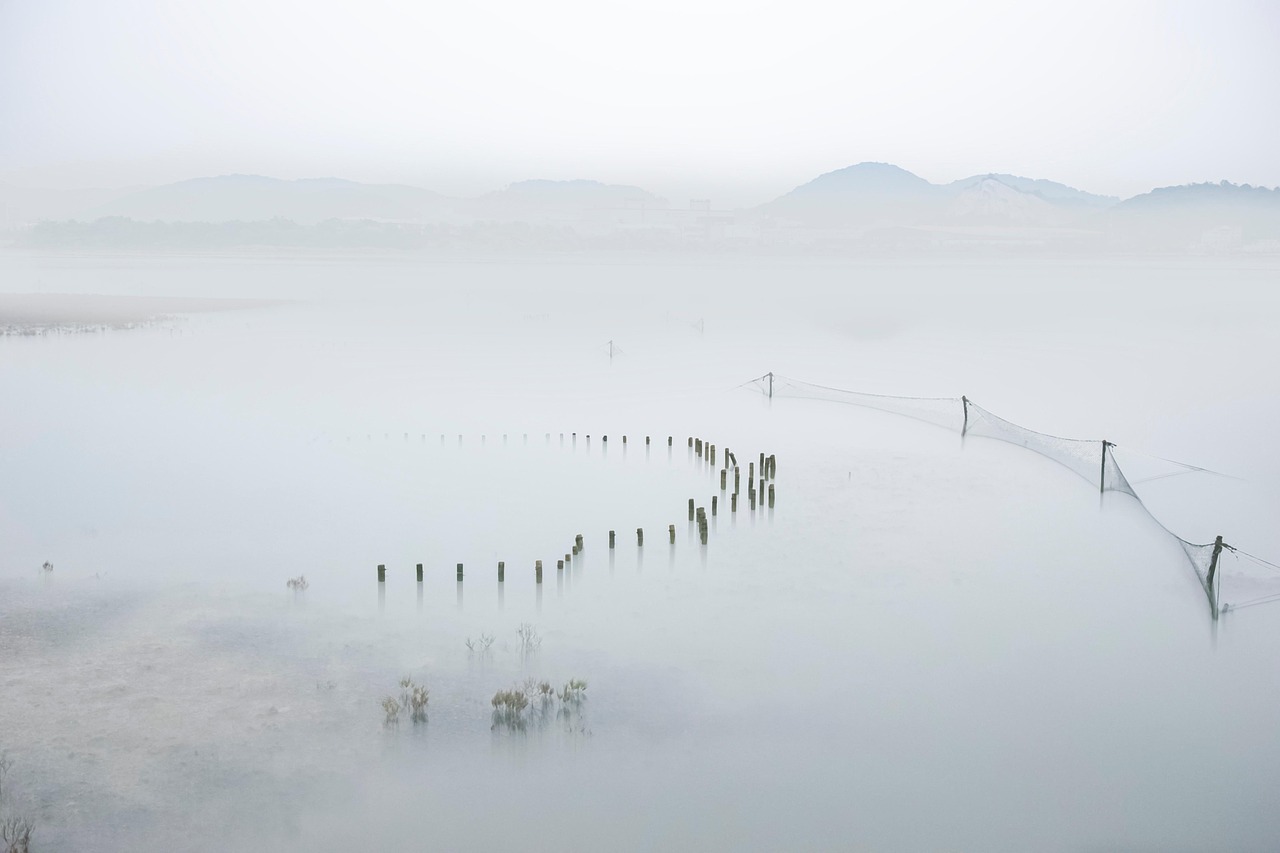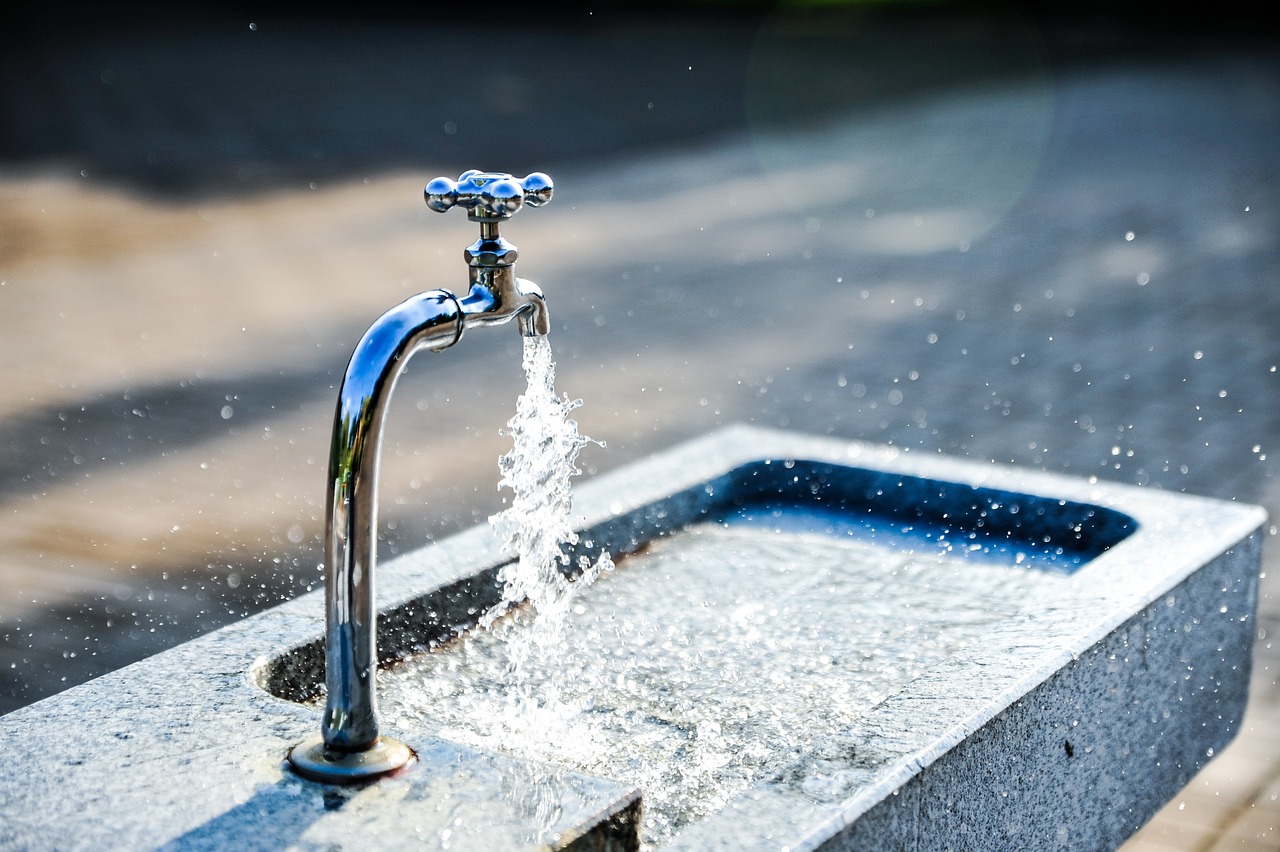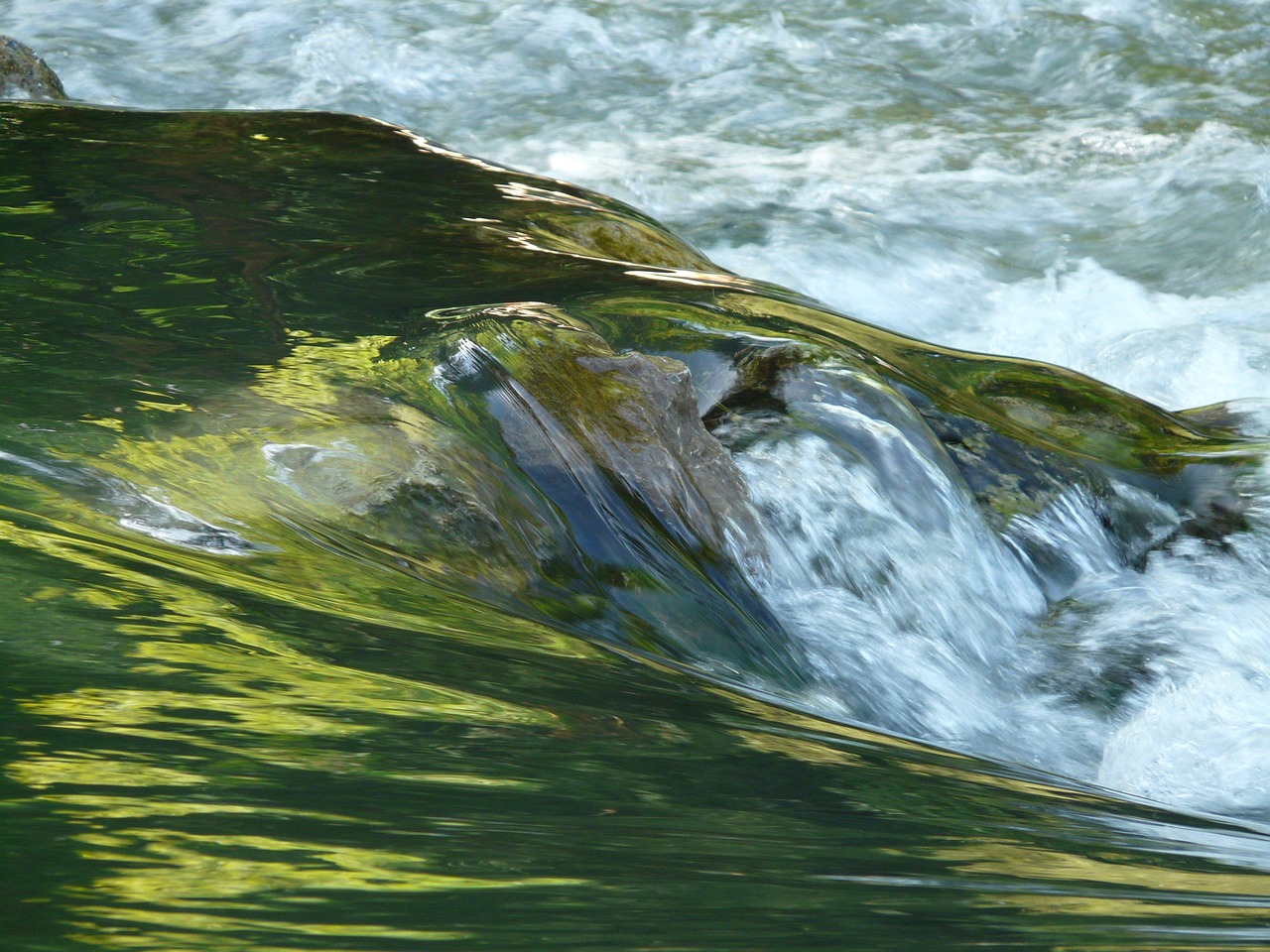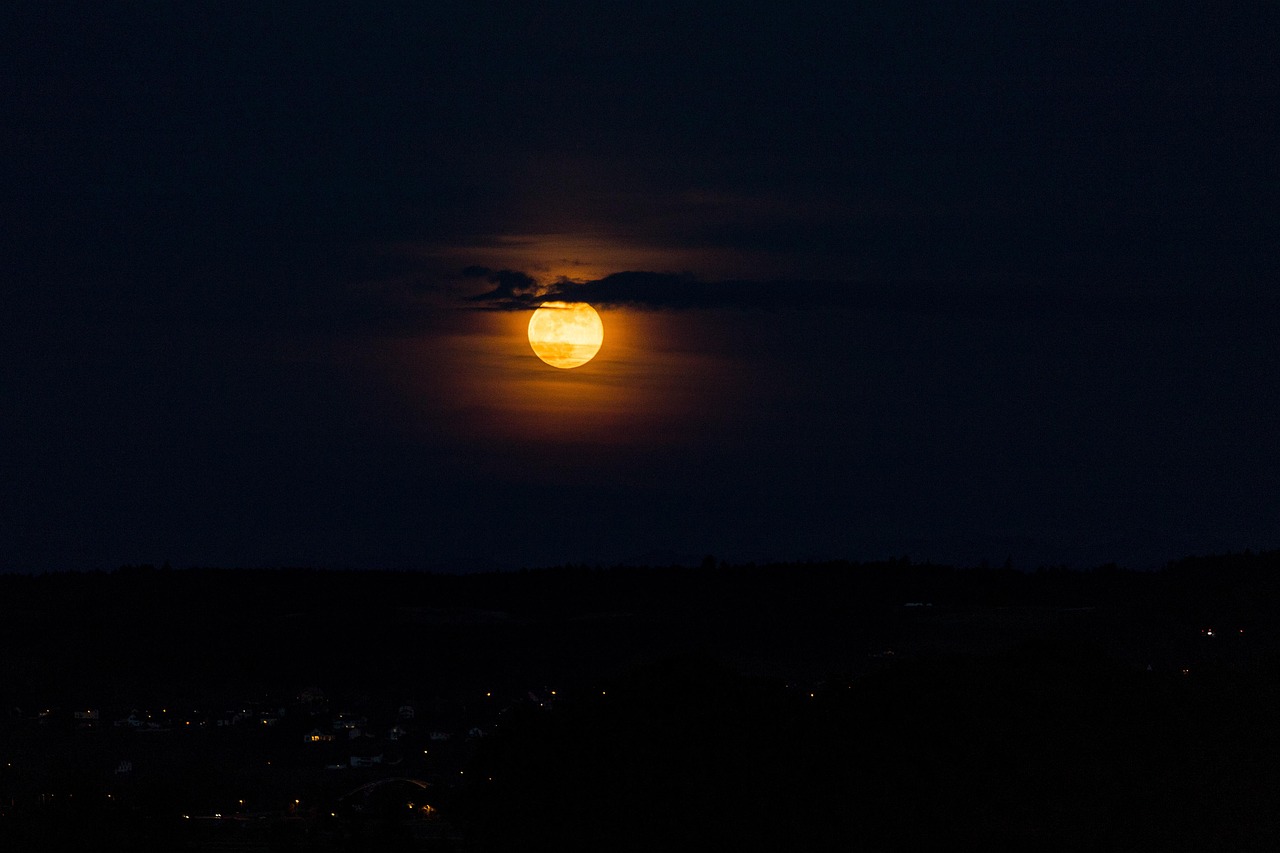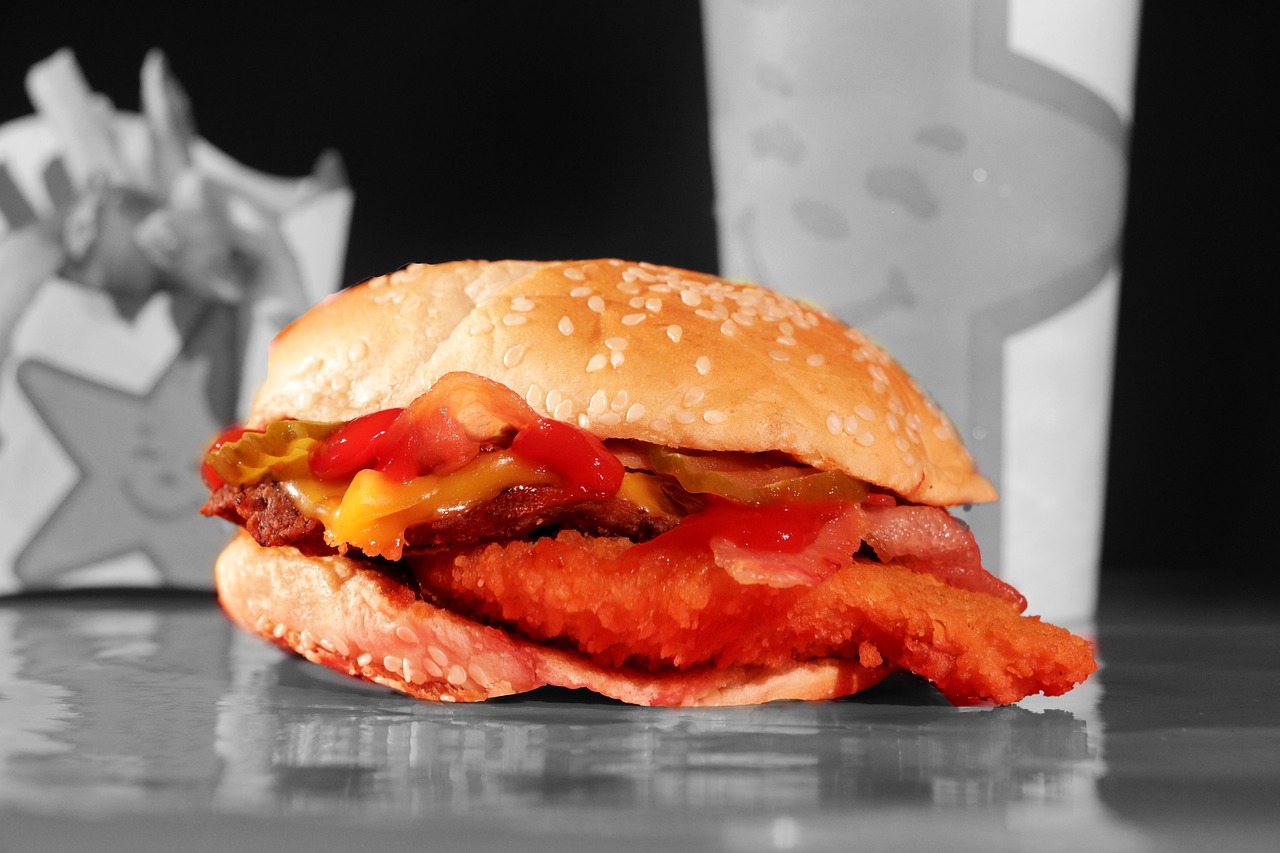The phenomenon known as the Mpemba effect raises eyebrows and sparks curiosity. It suggests that under certain circumstances, hot water can freeze faster than cold water. This article will delve into the science, myths, and research surrounding this fascinating effect, aiming to clarify what is often seen as a perplexing occurrence.
What is the Mpemba Effect?
The Mpemba effect is named after Erasto Mpemba, a Tanzanian student who observed this unusual behavior in the 1960s. The effect has since intrigued scientists and laypeople alike, leading to numerous studies and debates. While it may seem counterintuitive, several factors contribute to the Mpemba effect, making it a subject of ongoing scientific inquiry.
The Science Behind Freezing Water
To understand why hot water might freeze faster, it’s essential to explore the freezing process. Water freezes at 0°C (32°F), but various elements influence how quickly it reaches this temperature. Key factors include:
- Temperature and Freezing Point: While the freezing point remains constant, the rate of cooling can vary significantly based on initial temperature.
- Role of Supercooling: Supercooling occurs when water is cooled below its freezing point without turning into ice. This phenomenon can affect the freezing process and is relevant to the Mpemba effect.
- Impact of Impurities: Minerals, gases, and other impurities in water can alter its freezing characteristics, potentially contributing to the Mpemba effect.
Environmental Factors Affecting Freezing
Environmental conditions play a crucial role in the freezing rate of water. Factors such as air pressure, container material, and surrounding temperature can significantly impact how quickly water freezes. For instance, a shallow container may allow for faster heat loss, thus accelerating the freezing process.
Historical Perspectives on the Mpemba Effect
The Mpemba effect has a rich history, with various scientists and philosophers attempting to understand it. Notable experiments, such as those conducted by Lord Kelvin and more recent studies, have sought to validate or disprove the phenomenon. Each experiment adds layers of complexity to our understanding of freezing water.
Famous Experiments and Findings
Numerous key experiments have attempted to elucidate the Mpemba effect. For example, research conducted by University of California scientists demonstrated that evaporation rates and convection currents in hot water could play significant roles, influencing how quickly it freezes.
Scientific Controversies and Debates
The Mpemba effect has sparked considerable debate within the scientific community. While some researchers assert that it is a genuine phenomenon, others argue that it may result from experimental errors or specific conditions that are not universally applicable.
Practical Implications of the Mpemba Effect
Understanding the Mpemba effect can have various practical applications. In cooking, for instance, it may influence methods for freezing or chilling foods, potentially leading to better outcomes in culinary practices. Additionally, implications for environmental science could enhance our understanding of climate dynamics and ecological research.
Common Misconceptions About Freezing Water
Many myths surround the freezing of water, particularly regarding the Mpemba effect. One common misconception is that hot water always freezes faster than cold water; however, this is not universally true and depends on specific conditions. By clarifying these misconceptions and providing accurate information, we can foster a better understanding of this intriguing phenomenon.
In conclusion, the Mpemba effect remains a captivating topic that continues to challenge our understanding of physics and thermodynamics. As research evolves, we may uncover more insights into this extraordinary phenomenon, shedding light on the complexities of water and its behavior under varying conditions.
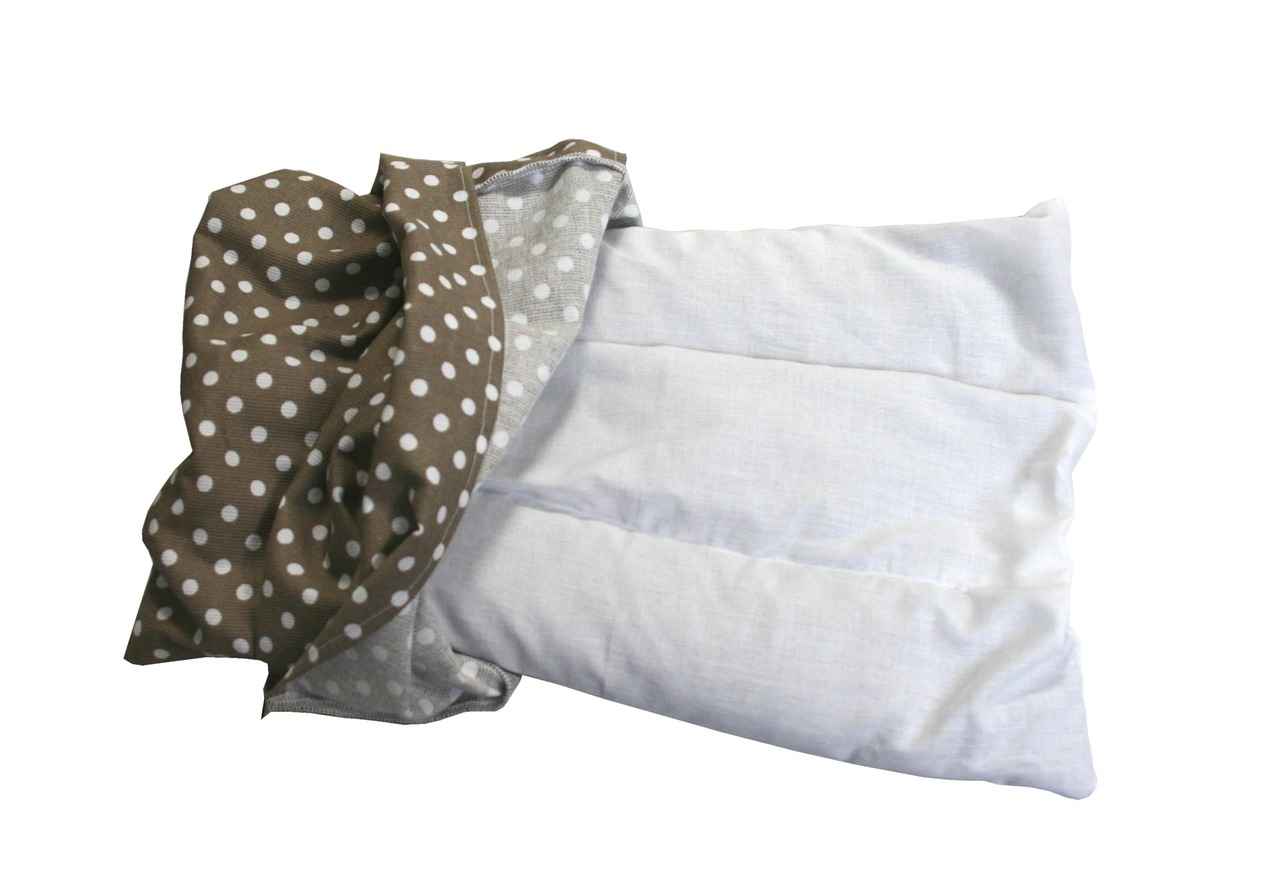
What is the Mpemba Effect?
The Mpemba effect is a fascinating and often misunderstood phenomenon in the realm of thermodynamics. It describes the scenario where hot water freezes faster than cold water under certain specific conditions. This counterintuitive observation has intrigued scientists and laypeople alike, raising questions about the fundamental properties of water and the processes involved in freezing.
The term “Mpemba effect” is named after Erasto Mpemba, a Tanzanian student who, in the 1960s, observed this peculiar behavior while making ice cream. His findings led to a series of experiments that captured the attention of researchers worldwide. The implications of the Mpemba effect extend beyond mere curiosity; they challenge our understanding of heat transfer and phase transitions.
At its core, the Mpemba effect suggests that the initial temperature of water is not the sole determinant of how quickly it freezes. Several factors can influence this process, including:
- Evaporation: Hot water may evaporate more quickly than cold water, reducing the overall volume that needs to freeze.
- Convection currents: The temperature difference in hot water can create convection currents that distribute heat more evenly, potentially leading to faster cooling.
- Supercooling: Cold water can sometimes supercool, remaining liquid below its freezing point, thus delaying the freezing process.
- Impurities: The presence of dissolved gases and minerals can alter the freezing characteristics of water, impacting the Mpemba effect.
Understanding the Mpemba effect is not merely an academic exercise; it has practical implications across various fields. For instance, in cooking, recognizing how hot water freezes can optimize food preparation techniques. In environmental science, insights from the Mpemba effect can inform studies on ice formation in natural bodies of water, which is crucial for understanding climate change.
Despite its intriguing nature, the Mpemba effect remains a topic of scientific debate. Various experiments have yielded mixed results, leading to ongoing discussions about the underlying mechanisms. Some researchers argue that the effect is more pronounced under specific conditions, while others maintain that it is largely anecdotal.
In conclusion, the Mpemba effect serves as a reminder of the complexities of physical phenomena. By examining this phenomenon, we not only deepen our understanding of water’s unique properties but also challenge our assumptions about the natural world.
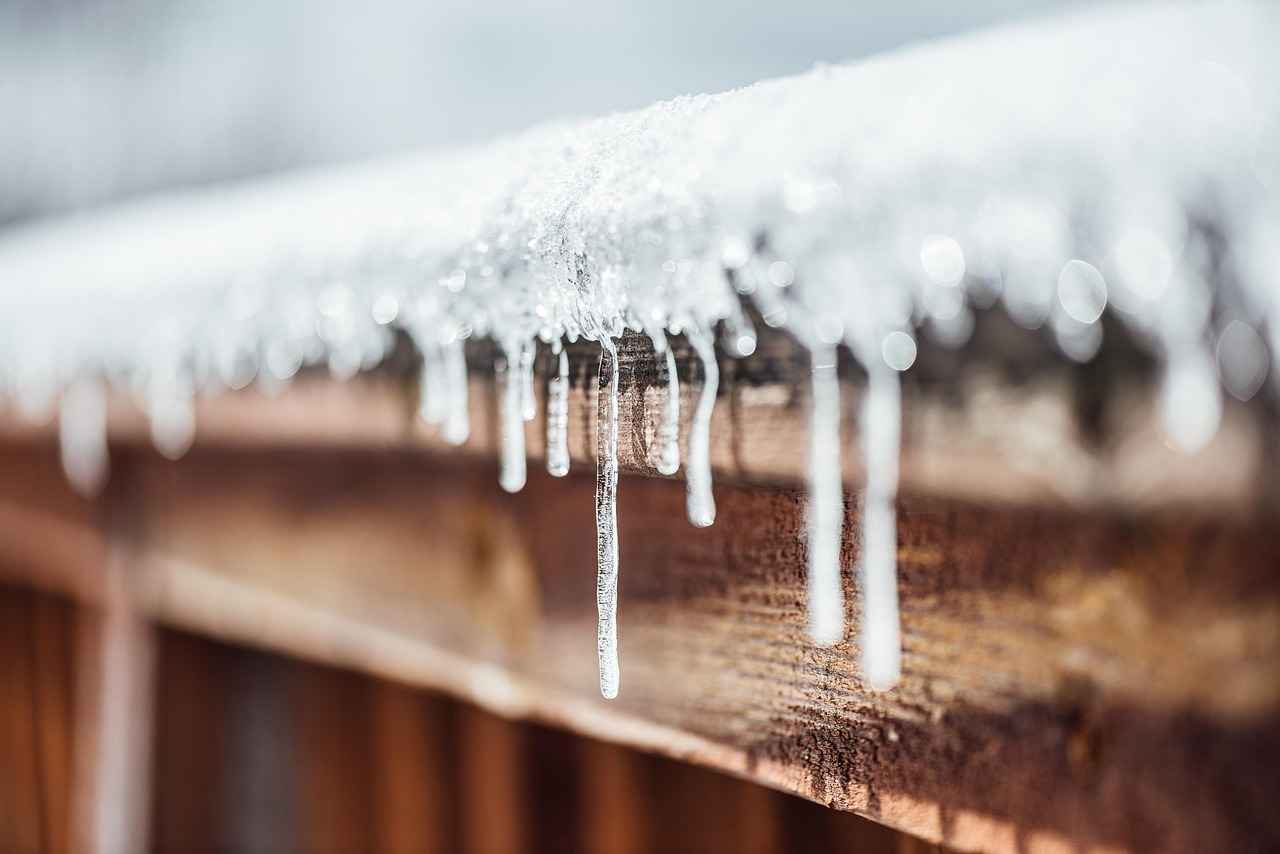
The Science Behind Freezing Water
Understanding the freezing process of water is a complex yet fascinating topic that encompasses various scientific principles. This section will explore the intricate details of how water transitions from a liquid to a solid state, focusing on temperature, molecular structure, and environmental factors that play crucial roles in this transformation. Additionally, we will connect these principles to the Mpemba effect, a phenomenon that challenges conventional wisdom regarding freezing times.
At its core, the freezing of water occurs when the temperature drops to 0°C (32°F). However, the rate at which this happens can be influenced by several factors. For instance, the molecular structure of water, which consists of two hydrogen atoms bonded to one oxygen atom, allows for the formation of hydrogen bonds. These bonds are responsible for the unique properties of water, including its high specific heat capacity and surface tension. As water cools, these molecules begin to slow down, eventually leading to the formation of ice crystals.
One essential aspect of freezing is the concept of supercooling. This phenomenon occurs when water is cooled below its freezing point without actually forming ice. Supercooled water can remain in a liquid state even at temperatures as low as -40°C (-40°F). This state can significantly impact the freezing process, as it may lead to rapid crystallization when disturbed. Understanding supercooling is vital when examining the Mpemba effect, as it can provide insights into why hot water sometimes freezes faster than cold water.
Another factor influencing the freezing process is the presence of impurities in the water. Substances such as minerals, salts, or gases can alter the freezing characteristics of water. For example, water with a higher concentration of impurities may have a lower freezing point, which can complicate the freezing process. This aspect is particularly relevant when discussing the Mpemba effect, as variations in water composition can lead to different freezing behaviors.
Environmental factors also play a significant role in how water freezes. Factors such as air pressure, humidity, and the material of the container holding the water can affect the rate of freezing. For instance, water in a metal container may freeze faster than water in a plastic container due to the metal’s superior thermal conductivity. Additionally, lower air pressure can lead to faster evaporation, which may also impact how quickly water freezes.
In conclusion, the freezing process of water is governed by a combination of temperature, molecular structure, impurities, and environmental factors. Understanding these principles not only sheds light on the Mpemba effect but also enhances our broader comprehension of physical processes in nature. As we continue to explore the complexities of freezing, we gain valuable insights into both scientific phenomena and practical applications in various fields.
Temperature and Freezing Point
The freezing point of water is a crucial concept in understanding how substances change states. At 0°C (32°F), water transitions from a liquid to a solid state. However, this seemingly straightforward temperature is influenced by various factors that can alter the rate at which water freezes. In this section, we will explore how temperature affects the freezing process and the intriguing phenomena that arise from these interactions.
- Temperature Variations: While the freezing point is defined at 0°C, the actual freezing process can vary based on the initial temperature of the water. For instance, water that starts at a higher temperature may experience different cooling dynamics compared to water that begins at a lower temperature.
- Heat Loss Mechanisms: The rate at which water loses heat is critical in determining how quickly it freezes. Factors such as convection, conduction, and radiation play significant roles in this process. Hotter water typically loses heat faster due to increased evaporation, which can paradoxically lead to quicker freezing under certain conditions.
- Supercooling Effects: As mentioned earlier, supercooling is a phenomenon where water can remain in a liquid state below its freezing point. This occurs due to the absence of nucleation sites for ice crystals to form. Supercooled water can freeze rapidly once it is disturbed or introduced to impurities, showcasing the complex nature of freezing.
- Environmental Conditions: External conditions, such as air pressure and humidity, also significantly affect the freezing rate. For example, lower air pressure can lead to faster evaporation, which may influence how quickly water reaches its freezing point.
In addition to temperature, the purity of the water plays a vital role in the freezing process. Impurities such as salts and minerals can disrupt the formation of ice crystals, thereby altering the freezing point. This is particularly relevant in natural bodies of water, where varying concentrations of dissolved substances can lead to different freezing characteristics.
Furthermore, the container material in which water is held can impact how efficiently heat is transferred away from the water. For instance, metal containers conduct heat better than plastic ones, potentially leading to faster freezing times when using metal.
Understanding these factors not only sheds light on the freezing process but also opens up discussions about the Mpemba effect, where hot water can freeze faster than cold water under specific circumstances. The interplay of temperature, impurities, and environmental conditions creates a fascinating landscape for scientific exploration.
In summary, while the freezing point of water is a defined value, the actual process of freezing is influenced by a multitude of factors. By examining temperature variations, heat loss mechanisms, supercooling effects, and environmental conditions, we can better understand the complexities of how water transitions from liquid to solid.
Role of Supercooling
Supercooling is a fascinating phenomenon that occurs when water is cooled below its freezing point of 0°C (32°F) without transitioning into ice. This state can persist for a surprisingly long time under certain conditions, leading to intriguing implications for the freezing process. Understanding supercooling is essential in exploring its connection to the Mpemba effect, where hot water appears to freeze faster than cold water.
When water is supercooled, it remains in a liquid state despite being below its freezing point. This occurs because the water molecules require a nucleation site to begin the ice formation process. In the absence of impurities or disturbances, the molecules can remain in this unstable state. When a disturbance occurs, such as shaking the container or introducing an impurity, the supercooled water can rapidly transition to ice, often in a spectacular fashion.
The relevance of supercooling to the Mpemba effect lies in the conditions that allow hot water to freeze faster than cold water. One theory suggests that hot water can evaporate more quickly, reducing its volume and increasing the concentration of impurities. This concentration can create more nucleation sites, facilitating the freezing process. Additionally, the thermal properties of supercooled water may play a role in how quickly it can transition to ice once it reaches a critical temperature.
| Condition | Effect on Freezing |
|---|---|
| Supercooling | Increases the likelihood of rapid freezing upon disturbance |
| Impurities | Can provide nucleation sites, potentially speeding up freezing |
| Volume Reduction | May increase concentration of nucleation sites |
Moreover, environmental factors such as air pressure, container material, and even the initial temperature of the water can influence the supercooling process. For instance, water in a smooth container may supercool more readily than in a rough one, as the latter provides more surfaces for ice crystals to form. This variability can lead to different freezing behaviors, which are critical for understanding both supercooling and the Mpemba effect.
To further illustrate the significance of supercooling, consider the applications in various fields such as meteorology and food science. In meteorology, understanding supercooling can help predict ice formation in clouds, which is crucial for weather forecasting. In food science, supercooling can be utilized to create smoother ice creams and other frozen desserts by controlling the freezing process to minimize ice crystal formation.
In summary, supercooling is a complex and intriguing aspect of the freezing process. Its relationship with the Mpemba effect highlights the importance of understanding the conditions under which water freezes. By examining the role of supercooling, scientists can gain deeper insights into the behaviors of water in various environments, paving the way for innovative applications across multiple disciplines.
Impact of Impurities
The phenomenon known as the Mpemba effect has long intrigued scientists and laypeople alike, particularly due to its counterintuitive nature. One significant factor that can influence this effect is the presence of impurities in water. These impurities can include various minerals, gases, and even biological contaminants, all of which can modify the freezing characteristics of water.
When water contains minerals such as calcium, magnesium, or sodium, these substances can alter the physical properties of the water. For instance, the presence of dissolved salts can lower the freezing point of water, a phenomenon known as freezing point depression. This means that water with higher mineral content may not freeze until it reaches a lower temperature compared to pure water. Consequently, when hot water with a higher concentration of impurities is cooled, it may freeze faster under certain conditions than colder, purer water.
Additionally, gases dissolved in water, such as oxygen and carbon dioxide, can also impact freezing behavior. When water is heated, these gases tend to escape, leading to a reduction in the total gas content of hot water compared to cold water. This reduction can change the water’s physical properties, potentially affecting its freezing rate. The absence of dissolved gases in hot water could lead to a more efficient freezing process when it is subsequently cooled.
Another important aspect to consider is the role of biological impurities. Microorganisms, such as bacteria and algae, can impact the freezing process. Some studies suggest that the presence of certain microorganisms can influence ice nucleation, the process by which ice crystals begin to form. This can create a scenario where hot water, which may have fewer microorganisms due to the heat, can freeze faster than cold water that is teeming with biological life.
Furthermore, the container material used to hold the water can also play a crucial role in how impurities affect freezing. Different materials conduct heat at varying rates, and this can influence how quickly heat is removed from the water. For example, metal containers may facilitate faster cooling compared to plastic ones, potentially enhancing the Mpemba effect in hot water with impurities.
In summary, impurities in water, including minerals, gases, and biological matter, can significantly alter its freezing characteristics. By understanding these factors, we can gain insights into the intriguing Mpemba effect and its underlying mechanisms. Future research may continue to unravel the complexities of this phenomenon, providing a deeper understanding of how various elements in our environment interact to influence the freezing process.
Environmental Factors Affecting Freezing
The freezing rate of water is influenced by a multitude of environmental factors. While it may seem straightforward, the process is complex and can vary significantly based on conditions such as air pressure, container material, and even the surrounding environment. In this section, we will explore these factors in detail and understand their impact on the freezing process.
Air pressure is a crucial factor that affects the freezing of water. At higher altitudes, where air pressure is lower, water can freeze at temperatures slightly below 0°C (32°F). This phenomenon occurs because the lower pressure reduces the boiling point of water, allowing it to transition into a solid state more rapidly under certain conditions. Conversely, in high-pressure environments, water may require a higher temperature to freeze, which can alter the expected freezing times.
The material of the container holding the water can significantly influence freezing rates. Different materials conduct heat at varying efficiencies. For instance:
- Metal containers tend to conduct heat more effectively than plastic, allowing water to lose heat more rapidly and freeze faster.
- Glass containers can also provide a good balance of heat retention and loss, impacting how quickly the water inside can reach its freezing point.
- Insulated containers, on the other hand, may slow down the freezing process due to their ability to retain heat.
Choosing the right container can thus play a vital role in achieving optimal freezing times.
The environment surrounding the water also plays a significant role in the freezing process. Factors such as:
- Ambient temperature: Colder air temperatures will naturally accelerate the freezing process.
- Wind speed: Increased airflow can enhance heat transfer, potentially speeding up freezing.
- Humidity levels: Higher humidity can lead to a slower freezing process as moisture can affect the freezing point of water.
Understanding these environmental variables can help in predicting the freezing rates of water more accurately.
The purity of water also plays a vital role in freezing rates. Pure water freezes at a defined temperature, but impurities such as salts, minerals, and other substances can lower the freezing point. This phenomenon, known as freezing point depression, means that water with higher impurity levels may take longer to freeze compared to distilled water. This aspect is particularly important in scientific experiments and industrial applications where precise freezing conditions are required.
In summary, various environmental conditions significantly influence the freezing rate of water. Understanding the roles of air pressure, container material, surrounding environment, and water purity can provide valuable insights into the freezing process. This knowledge not only enhances our grasp of the Mpemba effect but also has practical implications in fields ranging from culinary arts to environmental science.
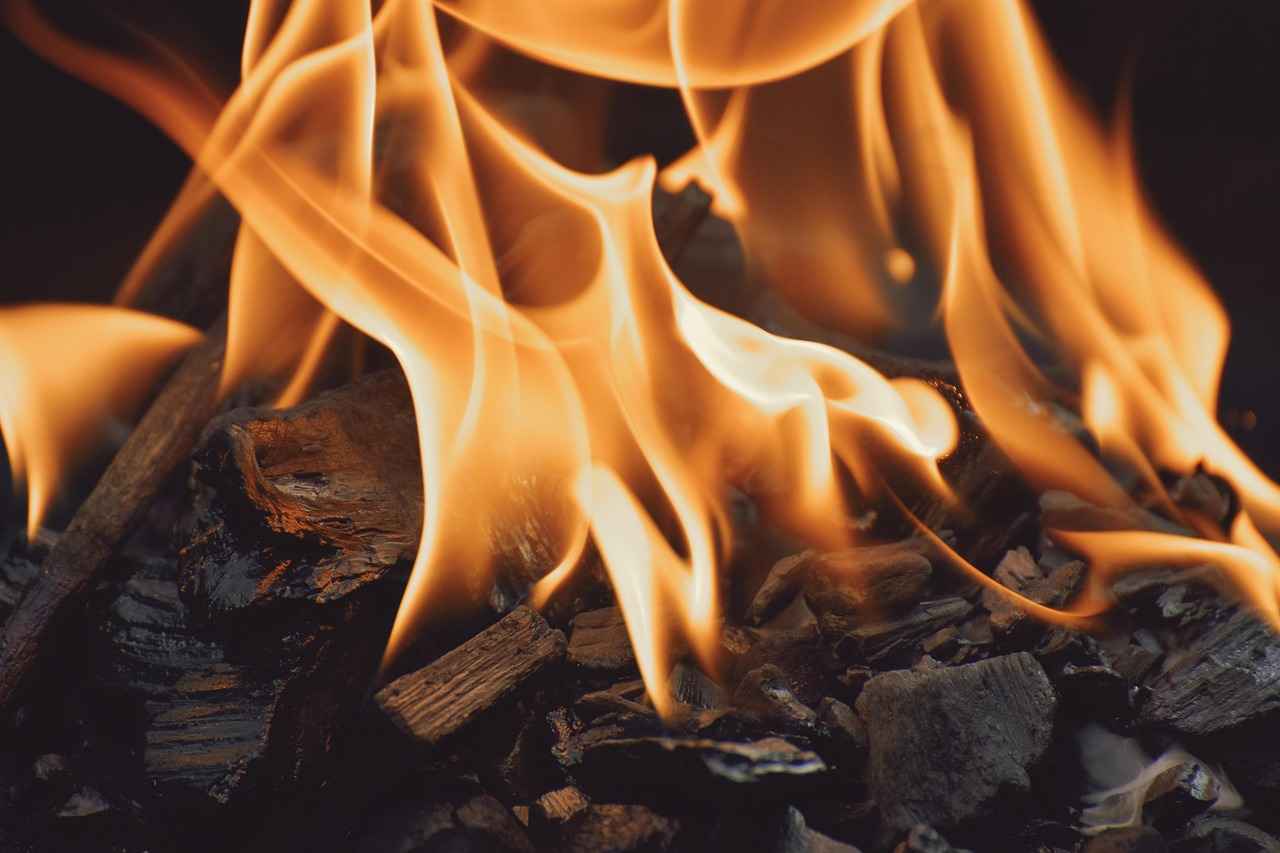
Historical Perspectives on the Mpemba Effect
The Mpemba effect has captivated the minds of both scientists and philosophers for centuries, leading to numerous investigations and debates regarding its validity and implications. This phenomenon, where hot water freezes faster than cold water under specific conditions, raises intriguing questions about the fundamental nature of water and its behavior. In this section, we will delve into the historical perspectives surrounding the Mpemba effect, highlighting key experiments and notable figures who have contributed to our understanding of this curious occurrence.
The term “Mpemba effect” is derived from Erasto Mpemba, a Tanzanian student who, in the 1960s, observed that hot ice cream mixture froze faster than a cold one. His observations prompted him to seek the help of a physicist, leading to a series of experiments that would eventually draw attention to this counterintuitive phenomenon. Though Mpemba’s initial findings were met with skepticism, they sparked a renewed interest in studying the conditions under which hot water might freeze faster than cold water.
Throughout history, various philosophers and scientists have pondered the nature of water and freezing processes. Notably, Aristotle and Galileo Galilei discussed aspects of water behavior, but it wasn’t until the 20th century that systematic experiments began to emerge. In the 1960s, aside from Mpemba’s work, physicists like John L. McNaughton conducted experiments that further explored the Mpemba effect, attempting to validate Mpemba’s claims through rigorous scientific methods.
| Year | Researcher | Key Findings |
|---|---|---|
| 1963 | Erasto Mpemba | Hot mixture freezes faster than cold. |
| 1969 | John L. McNaughton | Confirmed Mpemba’s observations under controlled conditions. |
| 2012 | Various Researchers | Studies continued to explore underlying mechanisms and conditions. |
One significant aspect of the Mpemba effect is its connection to thermodynamics and the kinetic theory of gases. Early studies revealed that factors such as evaporation, convection currents, and the presence of impurities could influence the freezing rate of water. For instance, evaporation can lead to a reduction in mass, allowing the remaining water to cool more rapidly. This interplay of factors has led to ongoing discussions and research aimed at unraveling the complexities of the Mpemba effect.
In recent years, advances in technology and experimental methods have allowed scientists to revisit the Mpemba effect with fresh perspectives. Researchers have employed high-speed cameras and advanced thermal imaging techniques to capture the freezing process in real-time, providing new insights into the mechanisms at play. These modern investigations have not only validated some of the earlier findings but also opened doors to new hypotheses and theories regarding the behavior of water.
In conclusion, the historical perspectives on the Mpemba effect highlight a rich tapestry of inquiry that spans centuries. From Mpemba’s initial observations to contemporary scientific explorations, this phenomenon continues to challenge our understanding of physical processes. The ongoing research into the Mpemba effect not only sheds light on the peculiarities of water but also serves as a reminder of the importance of curiosity and inquiry in the pursuit of knowledge.
Famous Experiments and Findings
The Mpemba effect, the phenomenon where hot water freezes faster than cold water, has been a subject of fascination and debate among scientists for decades. Numerous experiments have been conducted to either validate or debunk this intriguing claim. Below, we summarize some of the most notable studies and their findings regarding the freezing rates of hot and cold water.
- Mpemba and G. N. D. L. M. K. Experiment (1963): The effect was named after Erasto Mpemba, a Tanzanian student who observed that hot ice cream mixture froze faster than a cold one. His observations led to a series of experiments that sparked further research into the phenomenon.
- University of Oregon Study (2010): Researchers at the University of Oregon conducted controlled experiments to explore the Mpemba effect. They found that under specific conditions, such as the presence of supercooling and evaporation, hot water could indeed freeze faster than cold water.
- University of California, Los Angeles (UCLA) Research (2012): A team at UCLA investigated the Mpemba effect using different types of water containers. Their findings suggested that the shape and material of the container played a significant role in the freezing process, further complicating the understanding of the effect.
- Experiments in Controlled Environments (2015): A series of experiments conducted in controlled environments aimed to isolate variables affecting the freezing process. These studies highlighted the influence of evaporation and convection currents, demonstrating that hot water could freeze faster under certain conditions.
- Recent Studies (2020-2023): Ongoing research continues to explore the Mpemba effect, with various scientists attempting to replicate earlier findings. Recent experiments have focused on the molecular interactions in water and the impact of impurities, suggesting that factors like dissolved gases could also contribute to the phenomenon.
While many of these studies have provided insights into the Mpemba effect, the scientific community remains divided on its validity. Some researchers argue that the effect is real, while others contend that it may be an artifact of experimental conditions. The complexity of water’s behavior during freezing, influenced by numerous factors such as temperature, container shape, and impurities, continues to make the Mpemba effect a captivating topic for further investigation.
In summary, the famous experiments surrounding the Mpemba effect have yielded a range of findings, contributing to both support and skepticism regarding the phenomenon. As research continues, the quest to fully understand why hot water sometimes freezes faster than cold water remains an open question in the scientific community.
Scientific Controversies and Debates
The Mpemba effect, a phenomenon where hot water freezes faster than cold water, has intrigued scientists and sparked numerous debates within the scientific community. This section delves into the controversies surrounding the Mpemba effect, highlighting the differing opinions among researchers and examining the scientific inquiries that have fueled this ongoing discussion.
One of the primary points of contention lies in the reproducibility of the Mpemba effect. While some experiments have demonstrated this counterintuitive result, others have failed to replicate the findings. For instance, a notable study conducted by G. A. McNaughton in 2012 found that the Mpemba effect was not consistently observable under controlled conditions. This inconsistency has led some scientists to question the validity of the effect, arguing that it may be an artifact of experimental error rather than a genuine phenomenon.
Another area of debate focuses on the mechanisms that could explain why hot water might freeze faster. Some researchers propose that factors such as evaporation play a crucial role. When hot water is exposed to cold conditions, a portion of it evaporates, reducing the overall volume and allowing the remaining water to freeze more quickly. However, this explanation is not universally accepted, as some experiments have shown that evaporation alone cannot account for the observed freezing rates.
Additionally, the influence of impurities in water has been a significant topic of discussion. Researchers have suggested that variations in mineral content or the presence of gases can alter the freezing characteristics of water. This variability can complicate experiments aimed at studying the Mpemba effect, as different water samples may yield different results. Thus, the role of impurities remains a contentious issue, with some scientists advocating for more rigorous controls in experimental designs to isolate these variables.
Environmental factors also contribute to the ongoing debate. For instance, the container material and shape can significantly affect heat transfer rates. Some studies indicate that metal containers may facilitate faster cooling compared to plastic ones, potentially impacting the freezing process. This notion introduces another layer of complexity, as the Mpemba effect might be influenced by a combination of factors rather than a single cause.
The scientific community remains divided on the Mpemba effect, with some researchers advocating for further investigation to uncover the underlying principles, while others remain skeptical of its validity. The lack of consensus is indicative of the broader challenges in scientific research, where phenomena can be elusive and difficult to replicate. As more studies are conducted, it is hoped that a clearer understanding of the Mpemba effect will emerge, shedding light on this fascinating aspect of thermodynamics.
Ultimately, the Mpemba effect serves as a compelling example of how scientific inquiry can lead to diverse interpretations and ongoing debates. As researchers continue to explore this phenomenon, it remains essential to approach the topic with an open mind, recognizing that the complexities of nature often defy simple explanations.
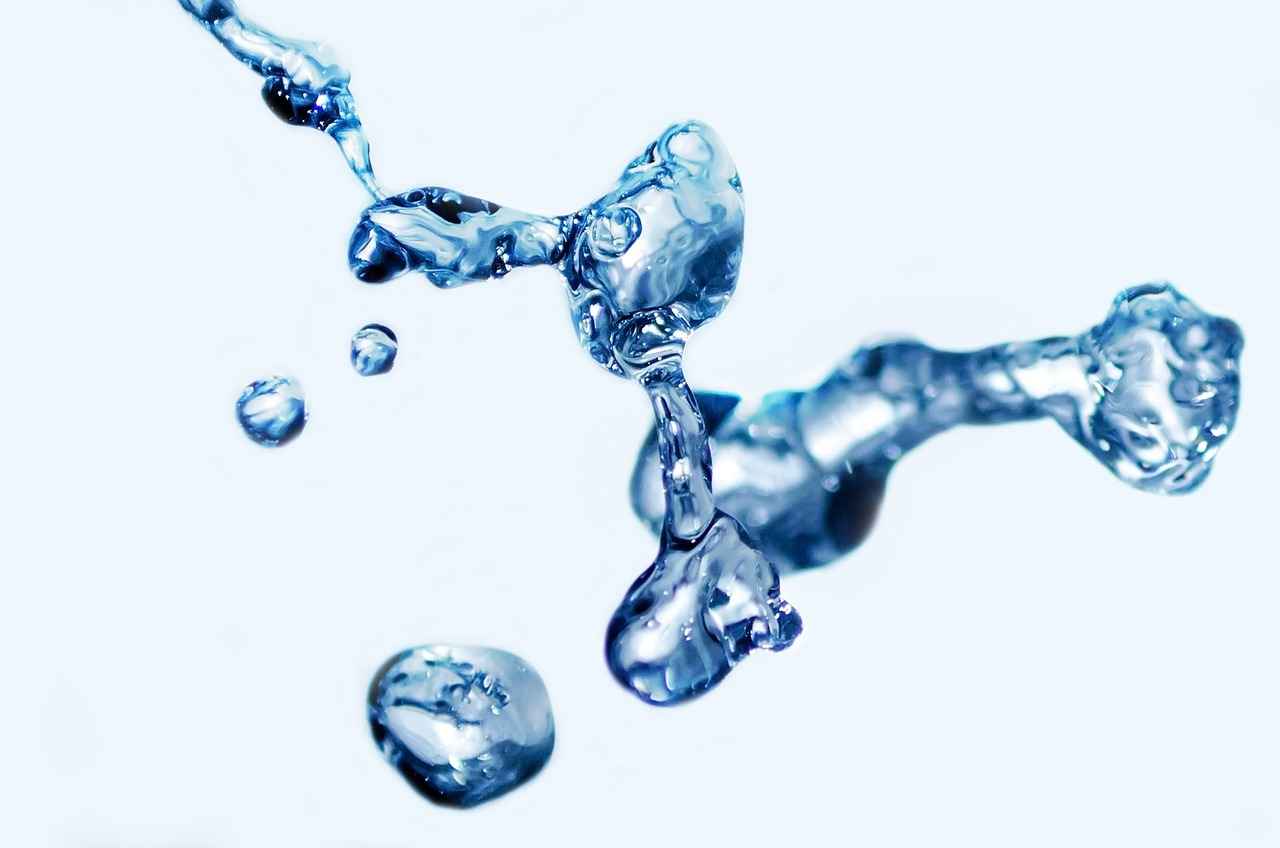
Practical Implications of the Mpemba Effect
The Mpemba effect, the phenomenon where hot water freezes faster than cold water under certain conditions, has intriguing practical implications across various fields. Understanding this effect not only enhances scientific knowledge but also offers innovative applications in cooking and environmental studies.
In the culinary world, the Mpemba effect can revolutionize how chefs and food scientists approach freezing and chilling techniques. For instance, when preparing frozen desserts, utilizing hot water instead of cold can potentially expedite the freezing process, resulting in smoother textures and enhanced flavors. This is particularly beneficial in making ice creams or sorbets, where rapid freezing helps to minimize ice crystal formation.
- Quick Cooling Techniques: Chefs can employ the Mpemba effect to chill beverages rapidly. By starting with hot water, they may achieve a quicker cooling time, allowing for immediate serving without sacrificing quality.
- Food Preservation: In food preservation, understanding the freezing dynamics can lead to better methods of storing perishable items, reducing spoilage and waste.
The Mpemba effect also holds significant implications for environmental science. As climate change alters global temperatures, understanding the behavior of water under different conditions becomes crucial. Researchers can apply insights from the Mpemba effect to study natural phenomena, such as how lakes and rivers freeze in varying climates.
- Climate Research: The Mpemba effect may assist scientists in modeling how bodies of water respond to rising temperatures, providing critical data for climate models.
- Ecological Impact: Understanding freezing processes can also help in assessing the impact of temperature changes on aquatic ecosystems, which are sensitive to variations in water temperature.
In scientific research, the Mpemba effect can inspire new experiments and innovations. By exploring the underlying mechanisms that allow hot water to freeze faster, researchers can develop new materials and technologies. For example, advancements in cryogenics and refrigeration could stem from a deeper understanding of this phenomenon.
- Material Science: The principles derived from the Mpemba effect could lead to the creation of better insulating materials that manage heat transfer more efficiently.
- Energy Efficiency: In energy sectors, applying these principles could enhance energy conservation methods, leading to more sustainable practices.
In conclusion, the Mpemba effect is not merely an intriguing scientific curiosity; it has practical applications that can influence cooking techniques, environmental research, and scientific innovation. By embracing this phenomenon, we can unlock new possibilities across various fields, enhancing both our culinary experiences and our understanding of the natural world.
Applications in Cooking and Food Science
The Mpemba effect, a fascinating phenomenon where hot water can freeze faster than cold water, has intriguing implications in the culinary world. Understanding this effect can transform cooking techniques, particularly when it comes to freezing and chilling foods. In this section, we will delve into the practical applications of the Mpemba effect in cooking and food science.
- Enhanced Freezing Techniques: Chefs and food scientists can leverage the Mpemba effect to improve the efficiency of freezing processes. By starting with hot water, one can potentially reduce freezing times, which is especially beneficial in commercial kitchens where time is of the essence.
- Chilling Beverages Rapidly: When preparing drinks, utilizing hot water can lead to quicker chilling. For instance, when making iced tea or coffee, starting with hot water can expedite the cooling process, allowing for more rapid service without sacrificing flavor.
- Ice Cream Production: In the realm of desserts, the Mpemba effect can be utilized in ice cream production. By incorporating hot mixtures into the freezing process, manufacturers can achieve smoother textures and improve the overall quality of the final product.
Moreover, the Mpemba effect can also play a role in food preservation. When freezing foods, the rapid freezing facilitated by starting with hot water can help to form smaller ice crystals. This results in less cellular damage to the food, preserving its texture and flavor better than traditional freezing methods.
Experimentation in Home Cooking: Home cooks can experiment with the Mpemba effect by freezing hot foods or beverages. For example, when making homemade soups or sauces, allowing them to cool slightly before freezing can make a noticeable difference in the quality of the frozen product.
Additionally, understanding the Mpemba effect can aid in food safety practices. Rapidly freezing food can inhibit bacterial growth, thus ensuring that the food remains safe for consumption. This is particularly important for perishable items that require immediate freezing after cooking.
Scientific Exploration in Culinary Arts: As chefs and food scientists continue to explore the Mpemba effect, its applications may lead to innovative techniques that enhance both flavor and texture in various dishes. Research in this area can also provide insights into the molecular behavior of food as it freezes, opening up new avenues for culinary experimentation.
In conclusion, the Mpemba effect is not merely an academic curiosity; it holds significant potential for practical applications in cooking and food science. By harnessing this phenomenon, culinary professionals can improve freezing techniques, enhance food preservation, and elevate the overall dining experience. As we continue to explore the science behind cooking, the Mpemba effect serves as a reminder of the intricate relationship between temperature and food quality.
Implications for Environmental Science
The Mpemba effect, the phenomenon where hot water freezes faster than cold water, has intrigued scientists and laypeople alike. While it may seem like a mere curiosity, its implications extend far beyond simple temperature comparisons. In particular, understanding the Mpemba effect can provide valuable insights into environmental science and climate studies.
Understanding Freezing Processes
To grasp the implications of the Mpemba effect for environmental science, it is essential to understand the freezing processes of water. Water’s unique molecular structure and the behavior of its molecules at different temperatures play a crucial role in freezing dynamics. When hot water is subjected to freezing conditions, it may experience a series of changes that facilitate faster ice formation. These changes include increased evaporation, altered convection currents, and variations in supercooling, all of which can significantly impact ecological systems.
Impact on Climate Modeling
Climate models rely heavily on accurate representations of water behavior under various conditions. By incorporating insights from the Mpemba effect, researchers can enhance the precision of simulations related to ice formation and melting in polar regions. For instance, understanding how warm water bodies freeze more efficiently may help scientists predict changes in sea ice extent, which is vital for assessing global warming impacts.
Ecological Research and Water Bodies
The implications of the Mpemba effect also extend to ecological research. In freshwater and marine ecosystems, temperature fluctuations can influence the freezing and thawing cycles of water bodies. This, in turn, affects aquatic life cycles, nutrient cycling, and habitat availability. By studying the Mpemba effect, ecologists can better understand how temperature variations influence these critical processes and develop strategies for conservation and management.
Practical Applications in Environmental Monitoring
Moreover, the Mpemba effect can inform practical applications in environmental monitoring. For example, understanding the dynamics of freezing can aid in the development of more efficient ice detection and monitoring systems in lakes and rivers. This knowledge can enhance our ability to predict the timing of seasonal ice cover, which is crucial for managing fisheries and protecting vulnerable species.
Conclusion: A Broader Perspective
As we explore the Mpemba effect, it becomes evident that its implications reach far beyond the realm of physics. By providing a deeper understanding of freezing processes, this phenomenon offers valuable insights that can enhance ecological research, improve climate modeling, and inform practical applications in environmental science. As researchers continue to investigate this intriguing effect, we can expect further advancements that may contribute to our understanding of the complex interactions between temperature, water, and the environment.
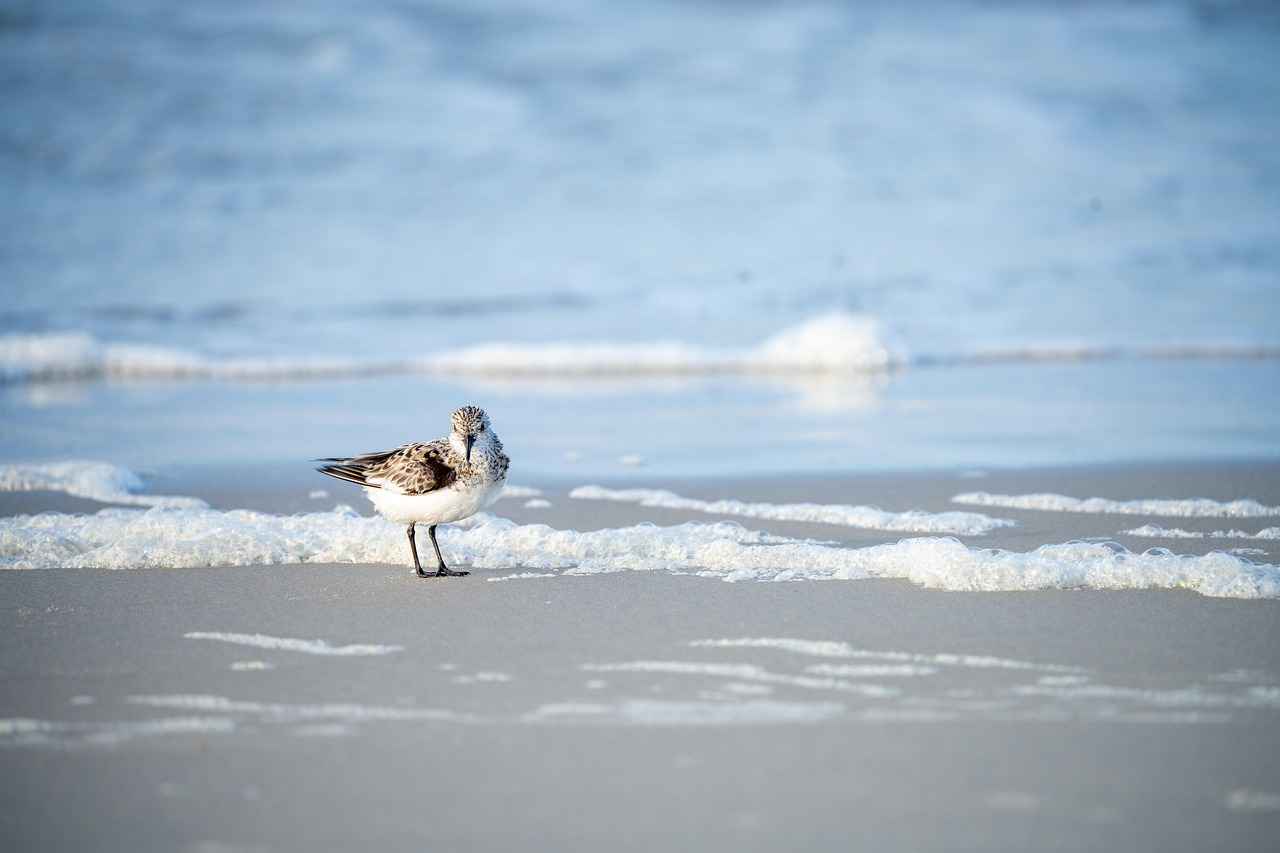
Common Misconceptions About Freezing Water
The freezing of water is a subject that has fascinated scientists and laypeople alike for centuries. Among the many discussions surrounding this topic, the Mpemba effect stands out, challenging our conventional understanding of thermodynamics. In this section, we will address some of the most prevalent misconceptions about the freezing of water, particularly in relation to the Mpemba effect, and clarify these ideas with scientifically-backed explanations.
The Mpemba effect refers to the phenomenon where hot water can freeze faster than cold water under certain conditions. While this claim seems counterintuitive, it has been observed in various experiments. A common misconception is that this effect applies universally, but it is highly dependent on specific variables such as the initial temperature of the water, the environment, and the container used.
One of the most widespread myths is that hot water will always freeze faster than cold water. This is not accurate. The Mpemba effect occurs only under certain conditions, and numerous factors can affect freezing rates. For example, if the cold water is supercooled, it might freeze more quickly than hot water.
Many people believe that the only factor influencing freezing is the temperature of the water. However, environmental conditions such as air pressure, humidity, and the type of container can significantly impact freezing times. For instance, a metal container may conduct heat away faster than a plastic one, affecting the freezing process.
Another misconception is that impurities in hot water will always assist in freezing it more quickly. While impurities can influence freezing characteristics, their effect is not straightforward. In some cases, impurities can lower the freezing point of water, making it freeze slower rather than faster. The type and concentration of impurities play a critical role in determining the outcome.
Some believe that the Mpemba effect is a recent phenomenon discovered by modern scientists. In reality, this effect has been documented for centuries, with references dating back to Aristotle. Understanding its complexities has evolved over time, leading to ongoing debates and research in the scientific community.
Despite numerous studies, the Mpemba effect remains a topic of contention among scientists. Many researchers are still investigating the underlying mechanisms that cause hot water to freeze faster than cold water in certain situations. The complexities involved in thermodynamics and molecular behavior mean that a complete understanding is still elusive.
As we explore the fascinating world of water and its freezing properties, it’s essential to recognize the common misconceptions surrounding the Mpemba effect. By understanding the science behind these myths, we can appreciate the complexities of freezing water and the conditions that influence this intriguing phenomenon.
Frequently Asked Questions
- What is the Mpemba effect?
The Mpemba effect is a fascinating phenomenon where hot water can freeze faster than cold water under certain conditions. It challenges our basic understanding of physics and has intrigued scientists for years!
- Why does hot water freeze faster than cold water?
Several factors contribute to this counterintuitive effect, including evaporation, convection currents, and the presence of impurities. These elements can alter the freezing process, leading to surprising results.
- Are there specific conditions that affect the Mpemba effect?
Absolutely! Factors like air pressure, container material, and even the initial temperature of the water can influence whether hot water freezes faster than cold water. It’s like a science experiment waiting to happen!
- Can the Mpemba effect be observed in everyday life?
Yes, it can! You might notice it when making ice cubes or freezing foods. Understanding this effect can even help in cooking techniques, making your culinary adventures more exciting!
- Is the Mpemba effect universally accepted in the scientific community?
Not entirely. While many researchers acknowledge its existence, there are still debates and differing opinions on the mechanisms behind it. This makes it a hot topic in scientific discussions!
